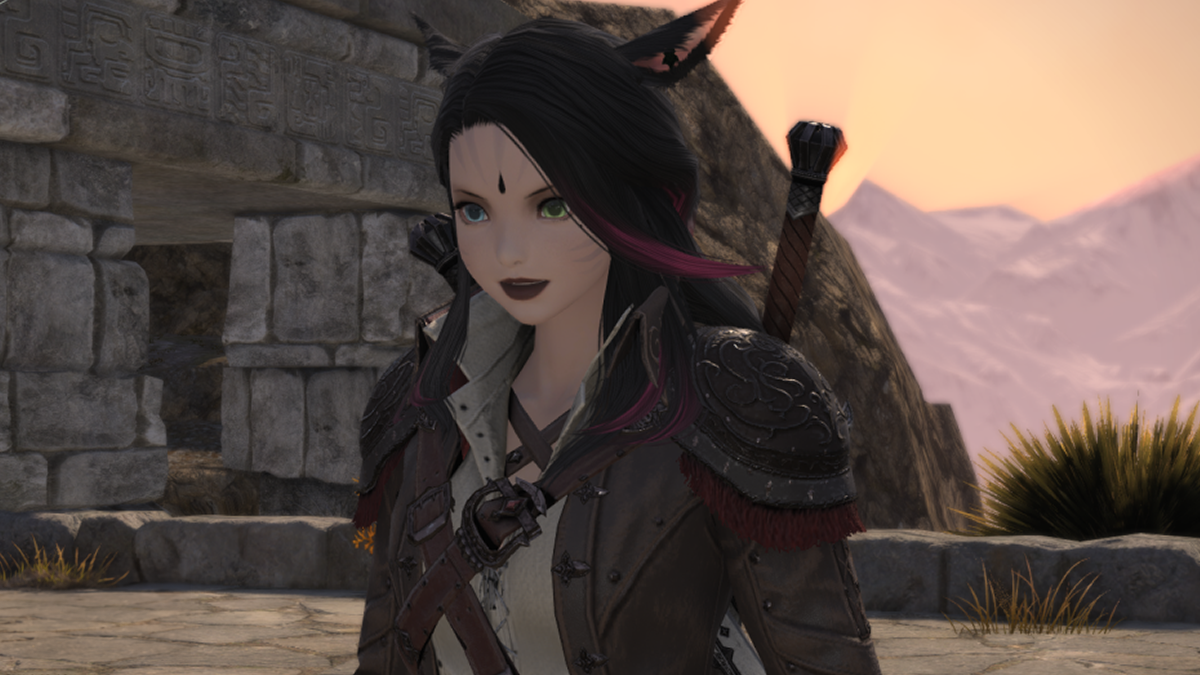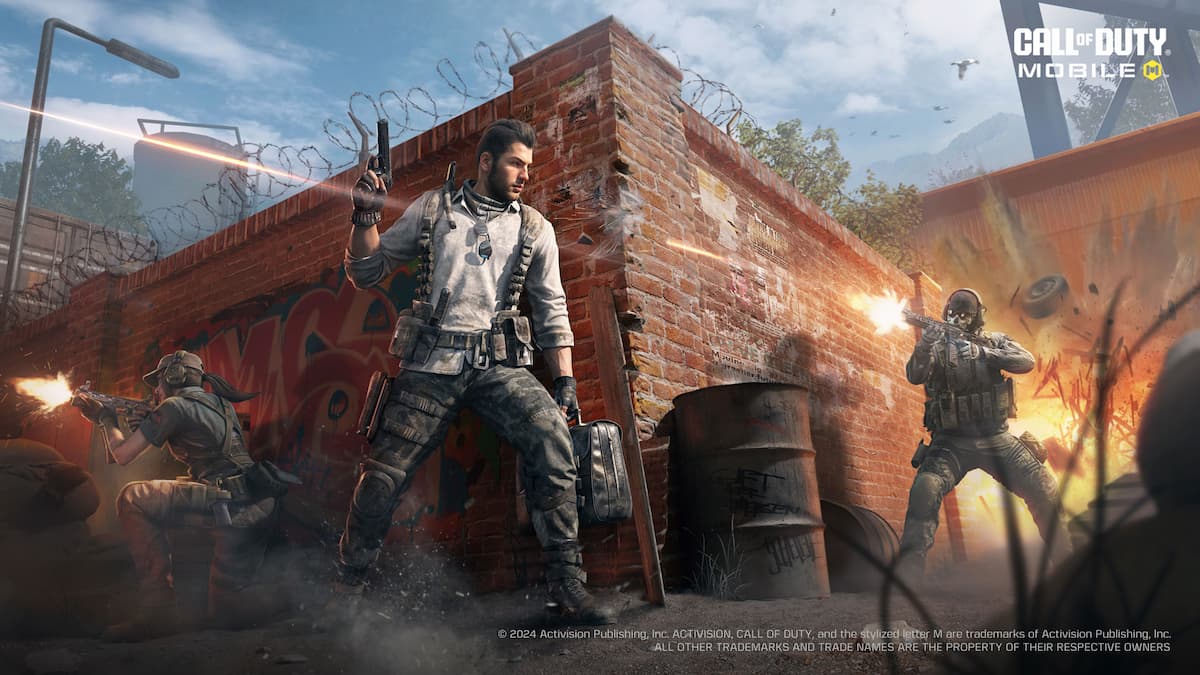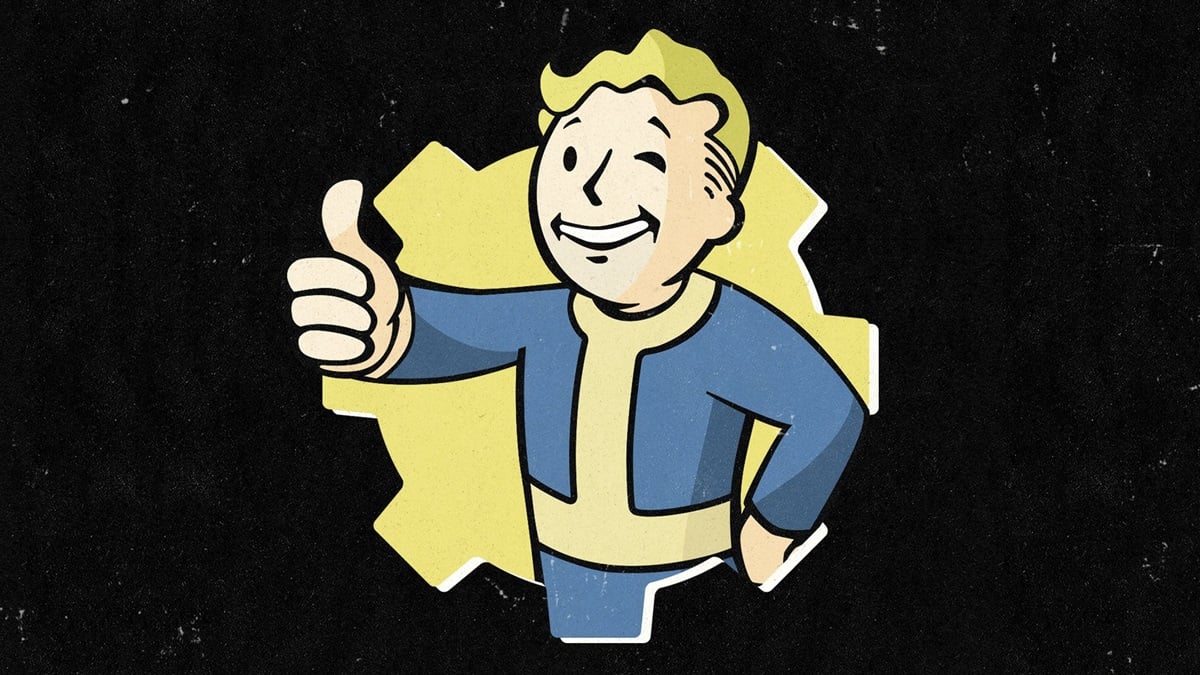We’re all excited about the upcoming Ghostbusters game, and were devastated when we heard that it lost its original publisher, Sierra. When Atari picked it up, we had a party.
We think this is great for a few reasons. One: Ghostbusters isn’t canceled and is coming out in June … yay! Two: Atari PR has forced the folks at Terminal Reality to write a “developer diary,” which I’ve pasted (word for word) after the jump. This is the easiest thing I will do all day, challenged only by the five extra minutes of sleep I got when I rolled over this morning and ignored my alarm clock.
The diary is actually a pretty good read, and I’d recommend checking it out. But if big words like “consecutive” and “electrified” scare you, just check out the concept art and screen Atari also released. Because that’s pretty neat, too.
GHOSTBUSTERS DEVELOPER DIARIES: ORIGIN AND THE MAKING OF PART I
It Begins
So he looks across the conference table over his impressive beard at us. Pauses. Then he says, “It’s Ghostbusters. We’re going to make a Ghostbusters game. The first really good one.”
And the other one, who for the first time since we met has paused talking for almost two consecutive minutes, adds this: “And we think you’re the right guys do it. You up for it?”
Nobody says anything for a long time. They think that after all the buildup and mystery maybe we’re disappointed, that maybe we’re trying to assess the fastest way of out of the room. But that’s not the case. The fact is that Brendan is sitting in stunned silence and I’m just trying to keep from swallowing my tongue. Mark Randel (Terminal Reality President & Chief Technologist) is taking it better: he’s just near-catatonic.
It was January 2006. We arrived at the publisher forty minutes ago, one of a few stops on a tour to show off our Infernal Engine next-gen technology demo and an original game IP we’d been developing (‘the publisher’ at this time being Vivendi, before Atari took over the title in 2008: look up ‘Activision Blizzard merger’ on Wikipedia for more info). In addition to cutting-edge lighting, materials, and rendering, the tech demo depicted squad gameplay action, heavy emphasis on chaotic environmental destruction, and extremely realistic physical interaction.
It was the massive destruction is what really got their attention. Seriously: fiery explosions & debris will get your foot in any door.
Vivendi Executive Producers John Melchior (tall, quietly fast-talking, awesome), and Pete Wanat (beard & soda also awesome) introduced themselves and let us know immediately that they were the two most hated men at this publisher. John O’Keefe (Terminal Studio Director) asked if maybe there was someone else there we could talk to.
They watched our demo politely, exchanged mysterious raised eyebrows, asked a few pointed questions, and then left for a private discussion in the hall.When they came back they seemed to have agreed on something. They told us they’d been working on developing a movie license IP. Brendan Goss (Terminal Reality Executive Producer) shot a look my way: Uh-oh. Here we go again. But this was a really big one, they continued: a really great one. And it wasn’t tied to an upcoming theater release in less than twelve months.
Then they dropped the G-bomb.
There it was, out in the open. Ghostbusters. Maybe one of the greatest movies made. Definitely one of the funniest. We were getting a crack at it. To say we were thrilled is a lazy understatement. Pleasantly electrified is closer to the truth. It wasn’t until later, after the shock wore off some, when we realized the depth of the responsibility we had staked ourselves to when we finally stammered, “Y-yes! Of course we’ll do it!”
Stars Align
The Ghostbusters game finally happened as the result of a fairly rarefied confluence of elements, a sort of Hollywood fairy tale.
Sony Pictures Consumer Products (Mark Caplan & Keith Hargrove) knew that the time was ripe for a Ghostbusters revival, and wanted to wrap it around a centerpiece game. Sony felt that game technology had finally arrived and were looking for a developer with the right mix of passion and skills to do the project correctly. First, Sony knew they needed to do two things: 1. Make sure all IP holders—which includes the director, three of the original Ghostbusters stars, and Sony Pictures itself—would be totally on board; and 2. Find a publisher that could make the game happen with as much of the original talent involved, as possible (i.e. the Ghostbusters).
Across town at the publisher, John and Pete had been talking about doing a GB game for quite a while, and had started talking to the owners of the property. They were also trying to sell their own upper management on the concept. Some reluctance is certainly understandable. The reason we jumped at the chance was the same reason the finance people were shy: a major movie-license game that’s not actually attached to a theatrical release can be a tough sell. There’s no built-in multi-million-dollar studio-financed marketing campaign. With a high-profile title, securing the license can be very expensive, especially when that license is one of the highest-grossing and most beloved films of all times (market research by Vivendi revealed that the enduring ‘no-ghost’ logo ranks just behind Coca-Cola and the Nike Swoosh stripe in order of worldwide recognition). Securing the talent can be both cost-prohibitive, if not impossible to do: Murray, Aykroyd, Ramis, and Reitman haven’t worked as a group for years, and each has his own successful career to manage.
In the meantime, Dan Aykroyd had been trying to get a Ghostbusters film sequel off the ground for years, but was having a hard time reassembling the cast and generating studio interest. He had decided that a CG-animated movie would be the best way to go, since the GB III script called for a daunting budget if shot practically. A few voice-acting sessions would require a much smaller time commitment from the cast. And the now almost-sixty-year old principals wouldn’t have to strap those brutally heavy proton packs back on and run through NYC streets. So, from his perspective, moving to a game format for a true sequel wasn’t too big a leap for him.
The three sides found one other and liked what each was bringing to the table. They worked on pulling the rest of the group back together. And the snowball starts to roll. We jumped on as soon as we could.




